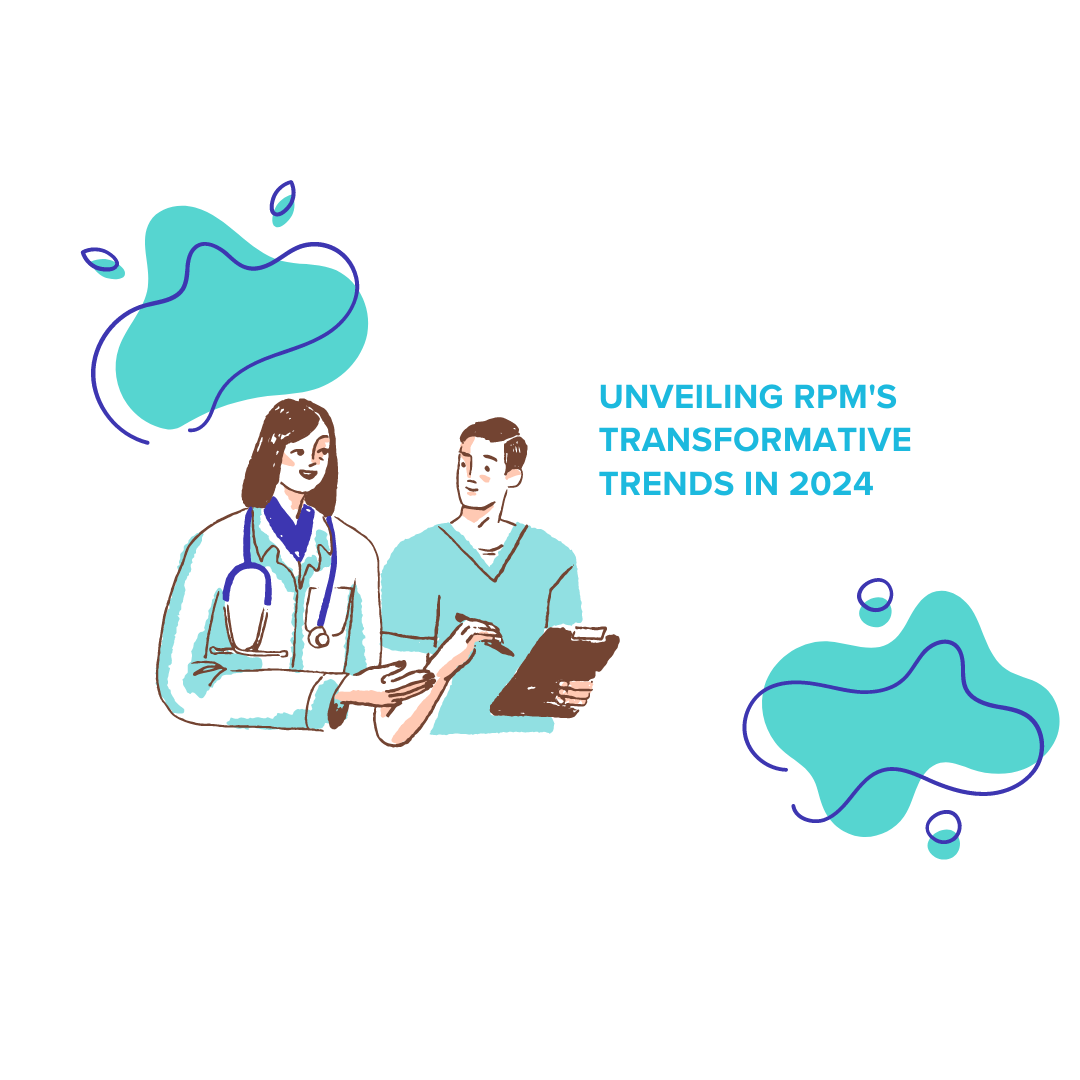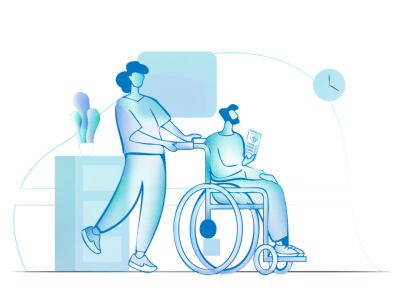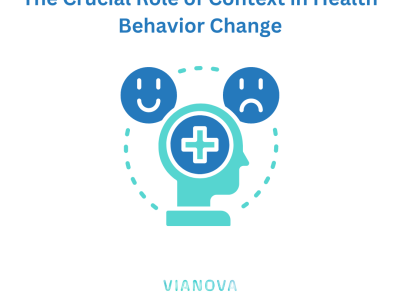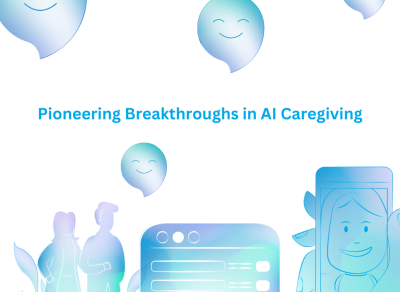
Unveiling RPM’s Transformative Trends in 2024
In the relentless pursuit of elevating patient outcomes while streamlining clinician workflows, the healthcare landscape continues its march towards innovation-driven methodologies. At the forefront stands Remote Patient Monitoring (RPM), a cornerstone utilizing interconnected devices to relay vital health metrics to healthcare providers. This invaluable data not only amplifies insights into patient well-being but also extends the continuum of care far beyond the confines of a traditional clinical setting. As we navigate 2024, it’s pivotal to uncover the key trends steering the evolution of remote patient monitoring.
Redefining the Realm of Remote Patient Monitoring
The trajectory of RPM adoption has been meteoric, galvanized by the seismic impact of the COVID-19 pandemic. As an extension of telehealth services, RPM empowers individuals grappling with chronic conditions to seamlessly track daily metrics associated with diverse health concerns—ranging from diabetes and hypertension to COPD and heart failure. This influx of real-time data equips healthcare providers with an unparalleled vantage point to proactively tailor interventions and personalized care plans, fostering heightened patient engagement and well-being.
However, amidst this burgeoning success, formidable challenges have loomed on the horizon.
Overcoming Obstacles in RPM Implementation
The prospect of implementing robust RPM programs has been accompanied by concerns surrounding potential workload burdens. The resources required for patient onboarding, sustained monitoring, and continual patient interaction pose considerable challenges. Yet, a silver lining emerges as select RPM vendors offer comprehensive onboarding and monitoring services, alleviating the strain on internal healthcare teams.
Addressing reimbursement hurdles has also been paramount, particularly for entities like Federally Qualified Health Centers (FQHCs) and Rural Health Clinics (RHCs). Encouragingly, the 2024 Medicare Physician Fee Schedule (MPFS) introduces pivotal updates, empowering these organizations to leverage HCPCS code G0511 for billing—a critical stride towards equitable healthcare access.
Charting the Trajectory: Unveiling RPM’s Trailblazing Trends
1. RPM Clinical Monitoring Services: Navigating Nursing Shortages
A pressing scarcity of nursing professionals across the United States has precipitated an industry-wide challenge. The exodus triggered by pandemic-induced burnout, coupled with a dearth of nursing faculty, paints a concerning future. Projections indicate that over 610,000 nurses will exit the profession by 2027, underscoring a critical need for innovative solutions.
Enter clinical monitoring services—a beacon of hope. Outsourcing monitoring responsibilities to adept, licensed nurses serves as a linchpin for scaling RPM initiatives seamlessly, allaying the strain on internal resources and fostering uninterrupted patient care.
2. RPM’s Diverse Specialties: Pioneering New Frontiers
While RPM has garnered significant traction within pivotal specialties such as internal medicine, cardiology, and pulmonology, its foray into uncharted territories is a testament to its universal applicability:
– Geriatrics: With an aging demographic grappling with multifarious chronic ailments, geriatric physicians leverage connected devices to chart proactive treatment strategies.
– Bariatrics: Addressing the burgeoning challenge of obesity, bariatric physicians rely on continuous data streams from connected scales to tailor interventions for sustained progress.
– Pain Management: Amplifying visibility into patients’ daily lives, RPM devices tracking vital signs aid in customizing treatment approaches for chronic pain management.
3. Empowering Patient Engagement: The Key to Enhanced Health Outcomes
Central to the success of RPM initiatives lies the pivotal aspect of patient engagement. Seamlessly orchestrating onboarding processes, facilitating device education, ensuring regular communication channels, and employing automated reminders constitute the bedrock of bolstering patient adherence. Studies underscore the direct correlation between heightened patient activation in RPM technology and tangible improvements in health outcomes, particularly evident in conditions like diabetes.
RPM technology providers must champion platforms equipped with robust two-way communication tools, configurable notifications, and comprehensive onboarding support, amplifying patient engagement to drive positive health outcomes.
4. Embracing Connectivity: The Era of Cellular Dominance
In the realm of remote patient monitoring, the efficacy of devices hinges on their connectivity prowess. While both cellular and Bluetooth technologies facilitate data transmission, the ascendancy of cellular devices is undeniable. Their simplicity and higher patient adherence rates speak volumes. With cellular devices seamlessly transmitting data sans additional connectivity steps, they overshadow Bluetooth-based devices, resonating strongly with patients seeking ease of use and reliability.
5. RPM and Chronic Disease Management: Pioneering a Healthier Tomorrow
The relentless surge in chronic diseases across the U.S. underscores the urgent need for effective management. RPM emerges as a beacon of hope, heralding tangible improvements such as reduced blood pressure among hypertensive patients and lowered A1C levels for individuals battling diabetes. By harnessing the power of continuous data monitoring, healthcare providers chart a data-driven path to enhance the lives of chronic disease patients.
6. Unleashing Patient-Centric Care through RPM
The paradigm shift towards patient-centric care, inherent in value-based models, finds a symbiotic ally in RPM. Armed with comprehensive insights into a patient’s daily life, healthcare providers pivot towards proactive interventions and personalized treatments outside conventional clinic precincts. RPM seamlessly aligns with the ethos of patient-centric care, ushering in an era of immediacy in interventions and bespoke healthcare delivery.
Forging Ahead: Embracing the Future of Remote Care with Vianova’s RPM solution
From fortifying proactive healthcare paradigms to spearheading patient-centric care, these transformative trends epitomize the unparalleled potential of RPM. Embracing RPM as a bastion for chronic disease management not only augments clinical outcomes but also democratizes equitable healthcare delivery, transcending geographical boundaries. As we stand on the cusp of redefining healthcare delivery, the time is ripe to explore RPM solutions and rewrite the narrative of remote healthcare.



FEEL FREE TO DROP US A LINE.